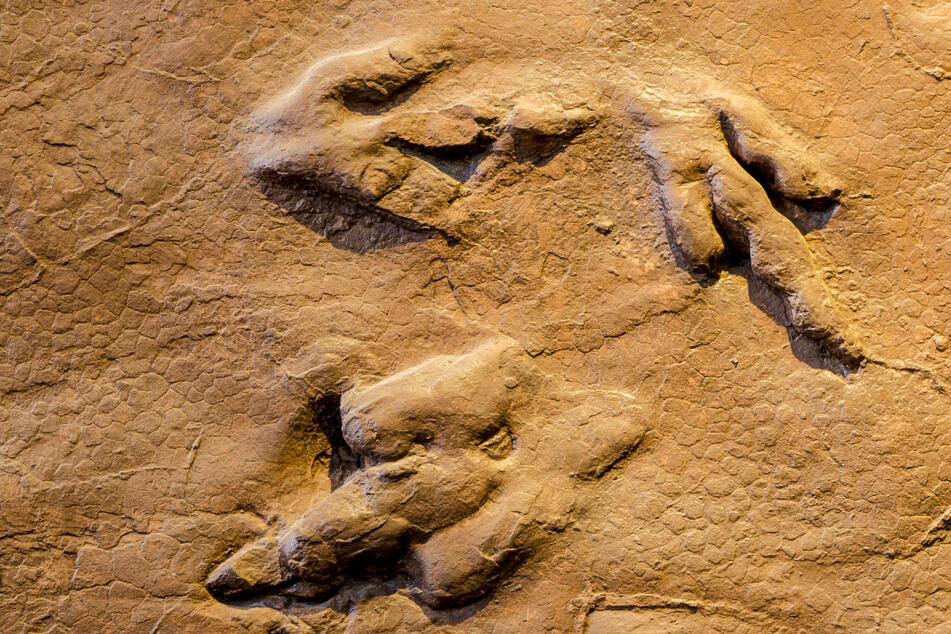Researchers discover a dino-mite new species!
Mexico City, Mexico - A roaring discovery has been made in the world of dinosaurs!

Researchers have discovered a brand-new dinosaur species, Mexico's National Institute of Anthropology and History (INAH) announced on Thursday.
The previously unknown dinosaur has been named Tlatolophus galorum and is thought to have been a herbivore – an animal with a purely plant-based diet.
Scientists found almost 80% of a preserved skull during excavations in the northern Mexican state of Coahuila.
The find featured an important 4-foot-long crest coming out of its skull, which is a long, curved tube-like bone on top of the head. Similar bones have been previously found in other duck-billed dinosaurs.
Paleontologists think the head crest may have helped the animals to communicate with each other through sound, and also heightened their sense of smell.
The new name of the genus Tlatolophus comes from "tlahtolli" – the Aztec language Nahuatl for "word" – and the Greek "lophus" meaning "crest".
The crest's shape even resembles a written symbol used by Mesoamerican peoples to represent communication and knowledge, INAH said.
It is believed that the crest's function worked similarly to a trumpet, and amplified sound while it connected the nose and throat.
The new dinosaur's tail was previously discovered in 2005 and was completely recovered in 2013, Mexico City scientists explained.
They believe the animal died between 72 and 73 million years ago in water that was rich in wet soil or quick-sand. As a result, its body was quickly covered by millions of years of sediment, which preserved it throughout time.
"The fossil, which is still being studied, is an exceptional case in Mexican paleontology because extremely favorable events had to take place millions of years ago when Coahuila was a tropical region – like a large coastal plain – for it to have been preserved in the conditions in which we found it," paleontologist Felisa Aguilar said in a statement.
Twitter artists imagined what the Tlatolophus probably looked like
The perfect storm of the elements has helped to re-surface the newfound dinosaur after being buried in millions of years of history.
Cover photo: IMAGO / agefotostock